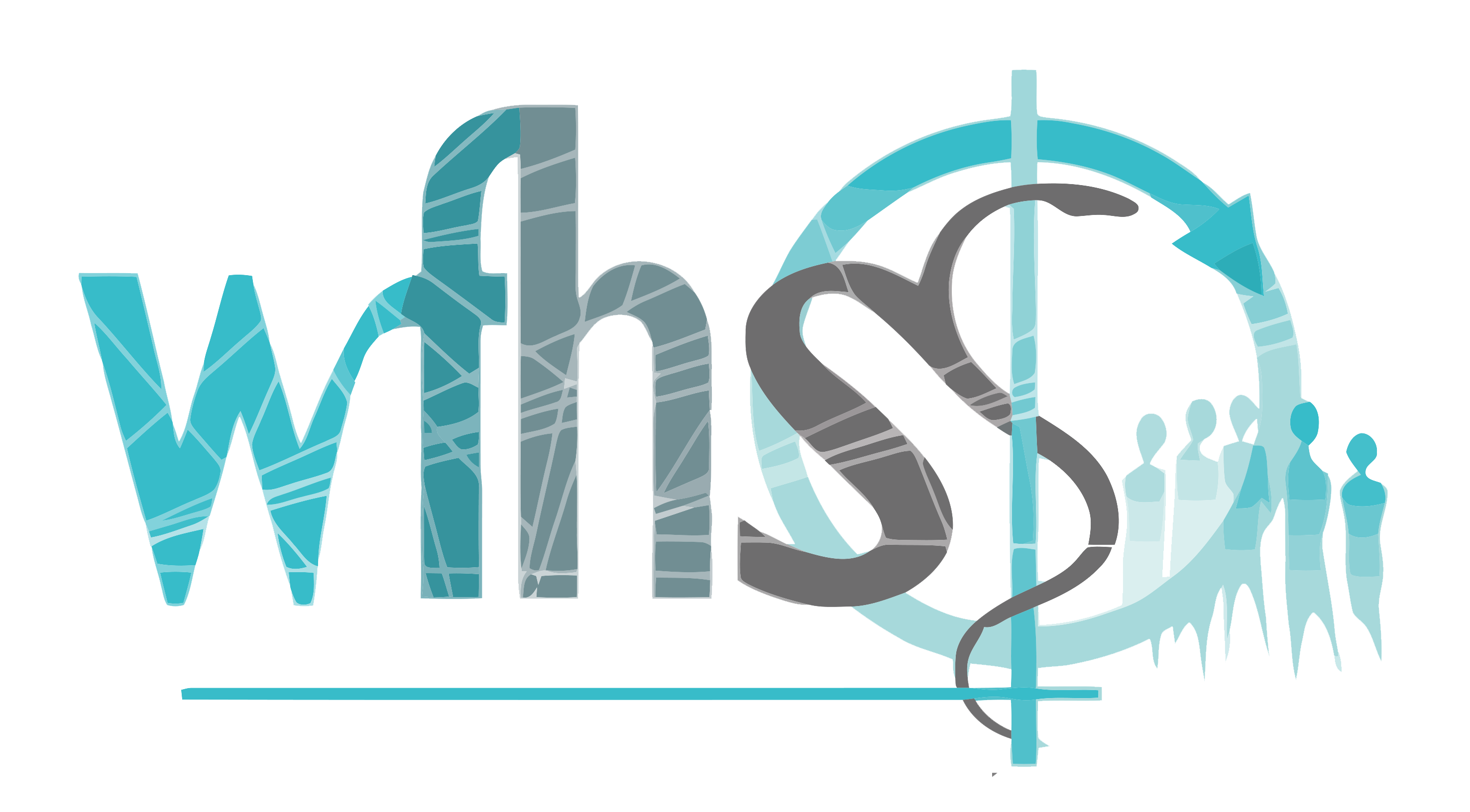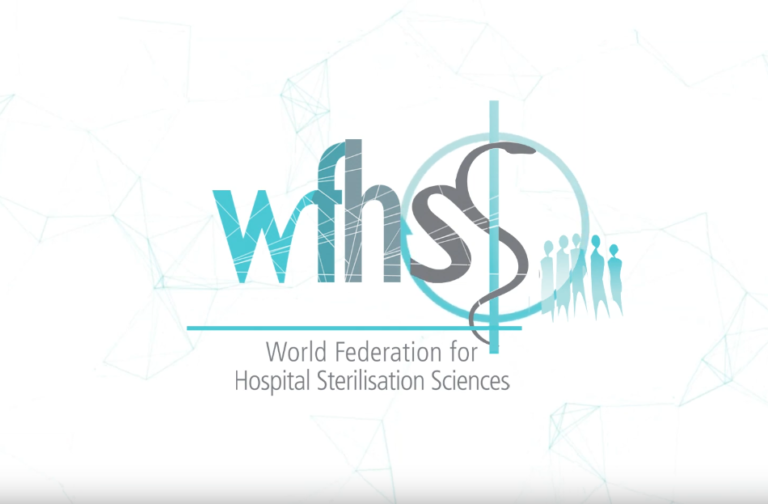Definitions
Reusable Medical Devices
For the present guidlelines reusable medical device (RMD) means:
- an item that is not intended by its manufacturer for single use.
A medical device designated or inrtended by the manufacturer as suitable for reprocessing.
The reprocessing of single use medical device is outside the scope of theses guidelines.
Medical device regulations vary between regions. Some items may not be registered as medical devices in some regions.
Sterilization
Sterilization is intended to renders the reusable medical device (RMD) free from viable microorganisms.
Occupational Health and Safety (OHS)
OHS deals with all aspects of health and safety in the workplace and has a strong focus on primary prevention of hazards (WHO : 2016)
Spaulding classification
The Spaulding classification qualify the RMD as non critical when they touch intact skin, semi-critical when they are brought in contact with mucous membranes and critical when they enter sterile body cavities. Processing requirements increase with level of risk involved in their use.
Point of use reprocessing
Processing operation performed at point of use of the Reusable Medical Device (i.e. operating theatre or care unit)
Maintenance
Combination of all technical and associated administrative actions intended to keep equipment at a state in which it can perform its required function, or restore it to such a state (ISO 11139 : 2018)
Water quality
Chemical, physical, biological, and radiological characteristics of water used for cleaning, disinfection, rinsing and steam sterilization of RMD.
Air quality
Levels of purity of ambient air and compressed air used for drying
Fixative properties
Some sterilizing, cleaning and disinfecting formulations are known to favor the adherence and resistance of proteins, including prion on RMD surfaces.
Prion
Prion is a small proteinaceous infectious unit that appear in a variety of neurodegenerative diseases, including bovine spongiform encephalopathy, Creutzfeldt-Jakob disease, and scrapie. They derive from a normal body protein that becomes irreversibly misfolded and proliferates primarily in the central nervous system. Prions are highly resistant to disinfection and sterilization
International standards
For the puropose of these guidelines, International Standard means standardsor guidance published by international standardization organizations such as ISO or CEN.
Reusable containers
Rigid sterile barrier system designed to be repeatedly used (ISO 11607-1 2018)
Packaging
Packaging is intended to preserve the sterility of teh reusable medical device (RMD) until its use.
Standard operating procedures (SOP's)
SOP's are written, step-by-step instructions that describe how to perform a routine activity. SOP's aim to achieve efficiency, quality output and uniformity of performance, while reducing miscommunication and failure to comply with industry regulations.
Quality management
Quality management includes all the activities that organizations use to direct, control, and coordinate quality. These activities include formulating a quality policy and setting quality objectives. They also include quality planning, quality control, quality assurance, and quality improvement. In the present guide the quality management chapter includes a description of the processus approach, performance evaluation, risk and non-conformity management, documentation management and traceability
Routine controls (or routine test)
Routine controls are technical operations conducted periodically to establish that the operational performance of the equipment or process remains within the limits established during validation (ISO 11139 : 2018)
Training
For the purpose of theses guidelines, training means the certified acquisition of the theoricital, practical skills and behavior adapted to the assignment. Skills are periodically controlled and updated as needed.
Traceability
Traceability is the ability to trace the history, application, use and location of an item (products, parts, materials, and services) or its characteristics through recorded identification data.
Waste management
Waste management groups all activities and actions required to manage waste including the collection, transport, treatment and disposal of waste together with monitoring of the waste management process. Instrument reprocessing waste are are solid (i.e., single use packaging, detergent or disinfectant empty bottles, cleaning brushes, possibly sharp devices), liquid (i.e., cleaning, disinfecting, rinsing solutions) or gazeous (i.e., sterilization, cleaning or disinfection effluent). Waste might be non hazardous, infectious, or toxic. Waste management regulation limits impact on environment and protects staff. Waste management rules are country dependent.
Process validation
Process validation means establising, by objective evidence that a process consistently produces a results or product meeting its predeternined objective. Process validation applies to all steps of RMD reprocessing from point of use processing to storage. When equipments are used validation include their installation qualification (IQ), operational qualification (OQ) and performance qualification (PQ). Process validation is perfomed before implementation of a new process or equipment (initial validation). Revalidation takes place periodically (usually each year) or after event justifying total or partial revalidation (change in the process, maintenance of equipments).
Transport
Transport includes: . The transfer of soiled reusable medical device from the point of use to the reprocessing site and . the transfer of the sterilized or disinfected RMD to the point of use.
Storage
Sterile medical devices protected by a packaging maybe stored in dedicated area until their use or expiration dates.
Risk analysis
Risk analysis consists of the identification and analyzis of potential issues that could negatively impact a given process. Risk analysis includes an evaluation of the consequence and likelihood. The issues with the more severe consequences and higher likelihood of occurence are addressed in priority.
Reprocessing facilities
Reprocessing facilities means the spaces in which reprocessing of RMD's takes place. It can be a centralized sterilization department with dedicated area for each step of the sterilization process or a room for cleaning and disinfection.
Instruction for use (IFU)
IFU's are indication provided by a manufacturer to ensure correct and safe use of a product (including but not limited to reusable medical device, reprocessing equipment and consumables). RMD manufacturers IFU's include the instruction for reprocessing.
Endotoxin
Endotoxins are lipopolysaccharide components of the cell wall of Gram-negative bacteria that are heat stable and elicits a variety of inflammatory responses in animals and humans (ISO 11139: 2018)
Pyrogen
Pyrogen are substances that induces fever. Endogenous pyrogen are low-molecular weight protein produced by phagocytic leukocytes in response to stimulation by exogenous pyrogens. Exogenous pyrogens are produced by bacterial endotoxins and other microbial product such as antigen, antibody complexes, virus
Biofilm
Biofilms are a biomass of bacteria and extracellular material which tightly adhere to surfaces of an RMD and can protect the germs from exposure to the disinfection agent.
Outsourcing
For the needs of the present guidelines outsourcing means a process in which a healthcare facility employs another organization to perform some or all reusable medical device reprocessing tasks. The organization can be another healthcare facility, a shared reprocessing unit or a private service company. The services can be perfomed within the healthcare facility or externalized.
Non terminal sterilization
Non terminal sterilization is a process whereby product is not sterilized in a sterile barrier system and hence not protected from environmental and handling contamination after the sterilization cycle.
Terminal sterilization
Process whereby product is sterilized within its sterile barrier system (ISO 11139 : 2018)










